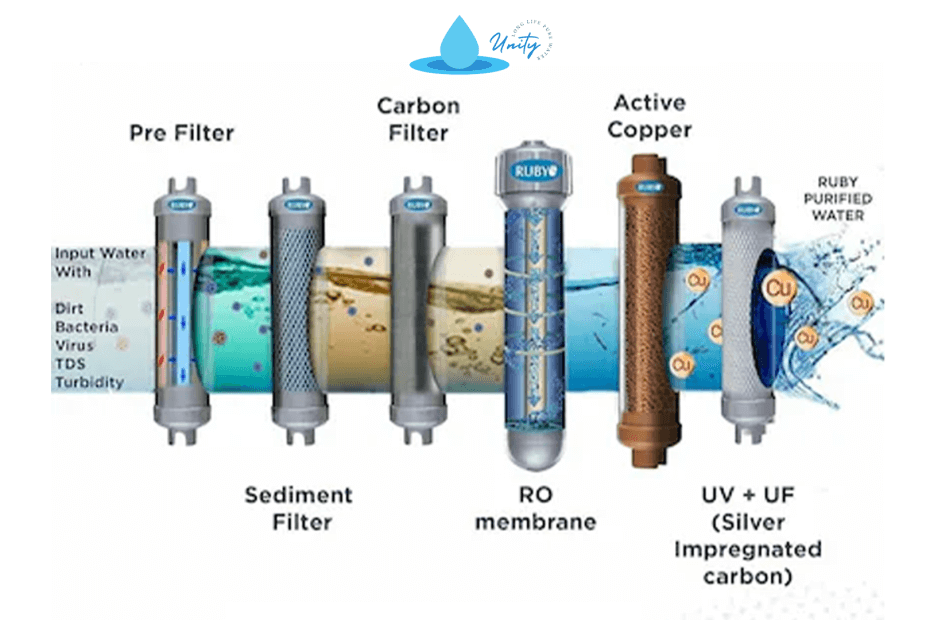Multi-Stage Purification: Why It Matters in Modern RO Systems
Water, the essence of life, is unfortunately not always safe for direct consumption due to various contaminants. With the advent of technology, Reverse Osmosis (RO) systems have emerged as a leading solution for water purification. Modern RO systems have evolved beyond simple filtration, incorporating multi-stage purification processes. Let’s explore why multi-stage purification is pivotal in today’s RO systems.
Understanding Multi-Stage Purification
Multi-stage purification refers to the sequential use of different purification technologies within a single system. Instead of relying on a single method, these systems use a combination of techniques to ensure that water is free from a wide range of contaminants. The Centers for Disease Control and Prevention (CDC) provides insights into various water treatment methods.
The Need for Multiple Stages
Water contaminants are diverse, ranging from physical particles to chemical compounds and harmful microorganisms. A single purification method might not be effective against all types of impurities. Multi-stage purification addresses this challenge by targeting different contaminants at each stage. This comprehensive approach ensures that the purified water meets the highest safety standards.
Typical Stages in Modern RO Systems
Modern RO systems usually incorporate the following stages:
- Sediment Filter: This primary stage removes larger particles like dust, sand, and sediments.
- Activated Carbon Filter: It adsorbs organic contaminants, chlorine, and improves taste and odor. The U.S. Environmental Protection Agency (EPA) discusses the role of activated carbon in water treatment.
- RO Membrane: The heart of the system, the RO membrane filters out heavy metals, dissolved salts, and other contaminants. A detailed overview can be found in this World Health Organization (WHO) report.
- UV/UF Stage: This stage targets microorganisms, ensuring that the water is free from harmful bacteria and viruses.
- Post-carbon Filter: A final polishing stage that further enhances the taste of the water.
Benefits of Multi-Stage Purification
- Comprehensive Purification: By targeting different contaminants at each stage, multi-stage systems ensure that water is free from a wide range of impurities.
- Enhanced Taste: Stages like activated carbon improve the taste and odor of water, making it more palatable.
- Longer System Life: By distributing the purification load across multiple stages, individual components face less strain, ensuring a longer lifespan for the entire system.
- Cost-Effective: While the initial investment might be higher, multi-stage systems often have lower maintenance costs in the long run due to their efficiency and durability.
Conclusion
As water pollution becomes an increasing concern worldwide, the need for effective purification systems has never been more pressing. Multi-stage purification in modern RO systems represents a holistic approach to water purification, ensuring that every drop of water we consume is not only safe but also of the highest quality. Investing in such a system is not just a choice but a necessity in our pursuit of health and well-being.

